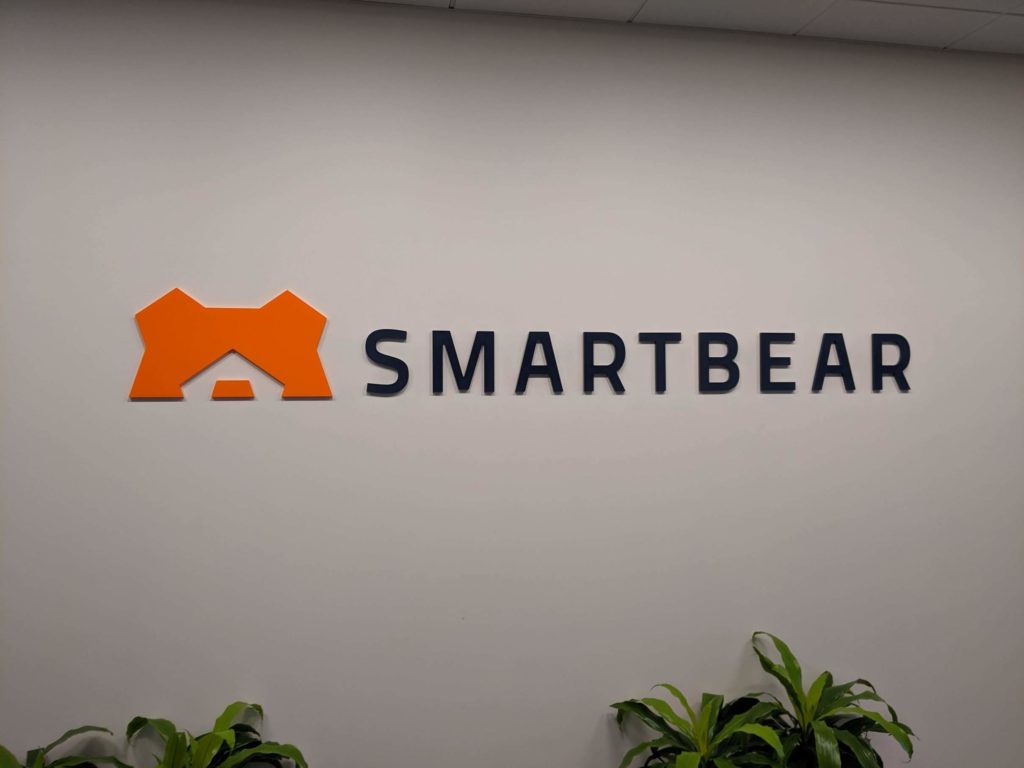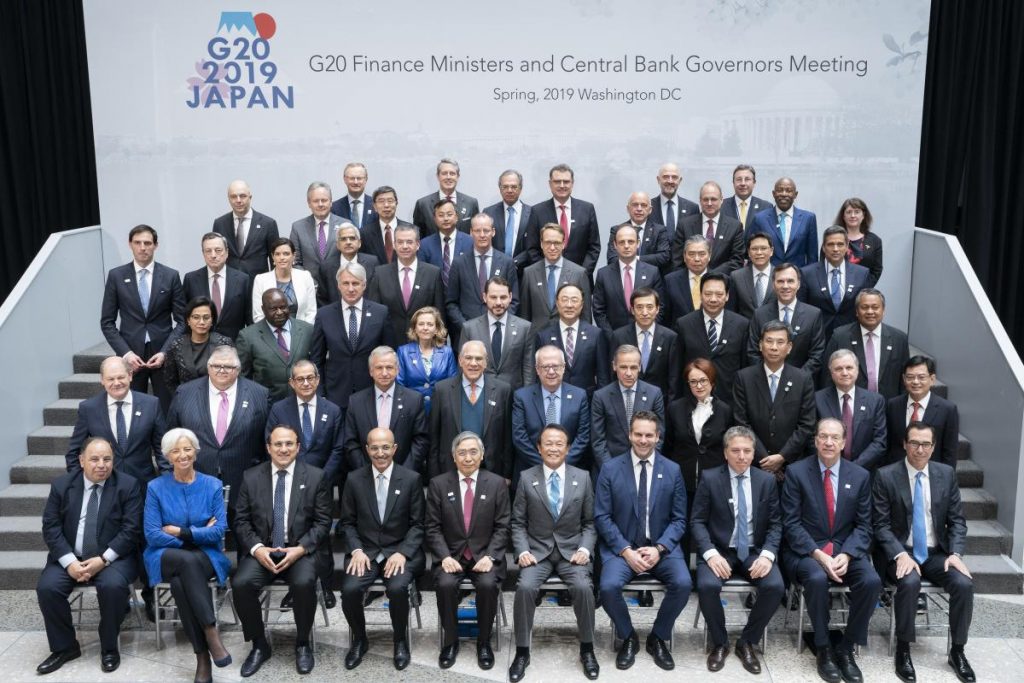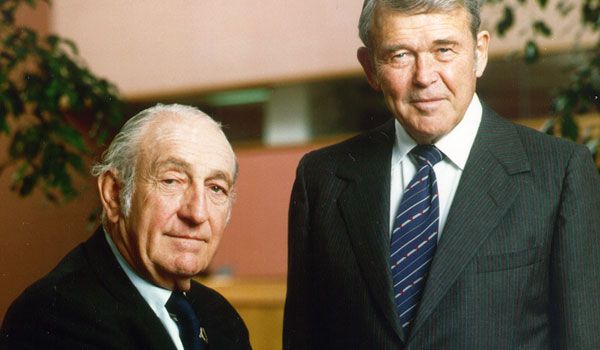Honeywell – American Conglomerate Making Big in the World.
Honeywell, officially known as Honeywell International Inc. is a Charlotte, North Carolina-based conglomerate. The company is over a century old and operated independently as Honeywell Inc. until its merger into AlliedSignal in 1999. Since Honeywell was already a recognized name, the merger was then called Honeywell International Inc. Mark C. Honeywell founded the company in 1906 in Wabash, Indiana, and since then, it has seen steady growth economically as well as client wise.
About the Honeywell
Honeywell is a century-old company and has its headquarters based in Charlotte, North Carolina. It is a publically traded technology company that mainly deals in aerospace, building technologies, performance materials, information technology, safety, and productivity solutions. Honeywell is a multinational conglomerate having 110,000 employees working for it, among which 44,000 people are working for the company in its US offices only. Honeywell is a renowned company having its name ranked 92nd among the Fortune 100 company in 2019.

The Back Story
Mark Honeywell founded Honeywell Inc. as Honeywell Heating Specialty Company in Wabash, Indiana, a company that manufactured and sold mercury seal generators. The product was invented by the founder itself. It was the time when everyone was trying to build and sell home heating systems. Since the competition was high, the company first acquired Jewell Manufacturing Company in 1922 and later merged with Minneapolis Heat Regulator Company in 1927, forming Minneapolis-Honeywell Regulator Company. Together both the companies started expanding to improve their control systems.
In 1934, Honeywell went international for the first time and entered the Japanese market after it partnered with a Japanese distributor Yamatake. The international expansion also led to the Canadian market, the market of the Netherlands as well as an office opening in Europe. Honeywell was also among the manufacturers who built and supplied products like superior tank periscope, camera stabilizers, C-1 autopilot, to the US military during World War II.
Working with the US army helped the company to grow other skills as well and make new products. After the world war ended, the company started to build parts for aircraft, like the automated control units. It also partnered with the USAF Wright-Air Development Center in 1953 for the same purpose. At the same time, the computer was an emerging industry, and the company also started a computer manufacturing division named Datamatic in partnership with Raytheon. The company launched DATAmatic 1000 as its first computer.
The 60s was the decade of growth and expansion, such that the company started to import the Pentax cameras and photographic equipment as well as acquired companies like Security Burglar Alarm Company.
In the next decade, company had a joint venture with Groupe Bull and Control Data Corporation, named Magnetic Peripherals Inc. to enter the hard disk market. It also started to take interest in GE’s ongoing Multics operating system project. By the end of the 70s, the company was already a leader in the field of defense, aerospace, and computing.
In 1980, company acquired Incoterm Corporation to invest in the software market. The company was now selling airline reservations as well as bank teller software. By 2000, Honeywell was already valuing over $21 billion.
In the past twenty years, company has been acquiring big names in different industries. In 2015, it also stepped into the gas, electricity, and water meters business. The company has also started to work in the field of software, cyber-security, robotics, etc. As per the 2020 records, the company made revenues worth US$32.64 billion and owns assets worth US$64.586 billion.
Acquisitions
Honeywell’s acquisition policy has helped it grow rapidly. The major acquisitions of the company include Jewell Manufacturing Company (1922), Time-O-Stat Controls Company (1931), Brown Instrument Company (1934), Intervox Company (1950), Security Burglar Alarm Company (1969), GE’s process control business (1970), l’Informatique (1976), Xerox Data Systems (1975), Sperry Aerospace Group (1986), Duracraft (1996), AlliedSignal (1999), Pittway (2000), Ultrak (2002), GEM Microelectronics (2004), ActiveEye (2007), IAC (2008), Iris Systems (2011), Intermec (2013), Com Dev (2016) and Sparta Systems (2021), etc.
The Founder
Mark Charles Honeywell, a recognized electronics industrialist, founded Honeywell Inc. in 1906 and served the company as the first president and chairman for a period of 6 years. Honeywell was born and brought up in Wabash, Indiana. He went to Eastman Business College in Poughkeepsie, New York, and graduated in 1891. He founded Honeywell Inc. as a water heating system manufacturing company, and today, after about a hundred years, the company is known as a leading conglomerate operating worldwide in different fields.

Yashica is a Software Engineer turned Content Writer, who loves to write on social causes and expertise in writing technical stuff. She loves to watch movies and explore new places. She believes that you need to live once before you die. So experimenting with her life and career choices, she is trying to live her life to the fullest.





